Stilltime
TPF Noob!
- Joined
- Dec 30, 2008
- Messages
- 132
- Reaction score
- 0
- Can others edit my Photos
- Photos NOT OK to edit
Warning! Painful newb questions ahead. If that bores you, move along.
Like the title says, can someone explain static versus dynamic action shots in relation to shutter speeds and aperture? I can get decent action shots in auto ("green box" mode) or in shutter priority mode, but I think if I understood the principles behind getting the shot I would be able to apply it to my camera better.
Someone in another thread mentioned opening up the aperture to "smooth" out a water scene. That would make a more dynamic photo, showing motion, as opposed to a really crisp static photo. Right?
I mostly take pictures of kid and my dogs and horses, so, lots of movement. I want to get nice crisp shots of the subjects, but not necessarily of the surrounding environment as well. I'm having a hard time finding the happy medium between that, and a blurred subject, or a totally static picture.
Like the title says, can someone explain static versus dynamic action shots in relation to shutter speeds and aperture? I can get decent action shots in auto ("green box" mode) or in shutter priority mode, but I think if I understood the principles behind getting the shot I would be able to apply it to my camera better.
Someone in another thread mentioned opening up the aperture to "smooth" out a water scene. That would make a more dynamic photo, showing motion, as opposed to a really crisp static photo. Right?
I mostly take pictures of kid and my dogs and horses, so, lots of movement. I want to get nice crisp shots of the subjects, but not necessarily of the surrounding environment as well. I'm having a hard time finding the happy medium between that, and a blurred subject, or a totally static picture.


![[No title]](/data/xfmg/thumbnail/42/42253-fef7e43227f484b1a95dd6d85c03bd40.jpg?1619740063)
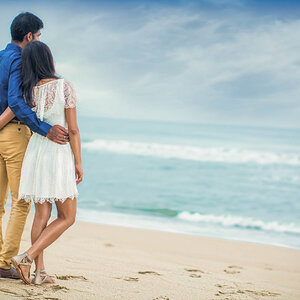


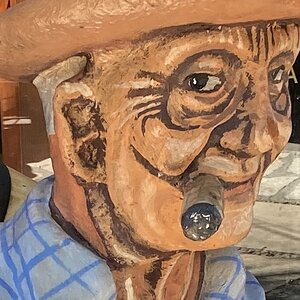
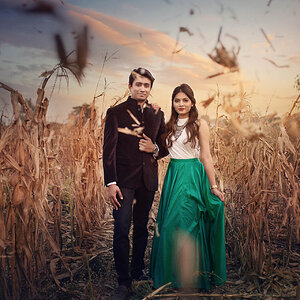
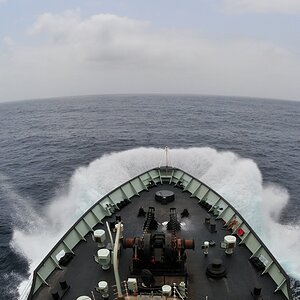

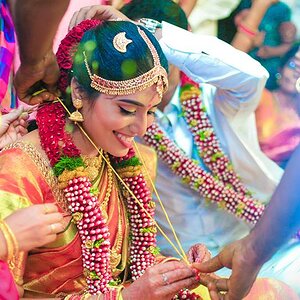
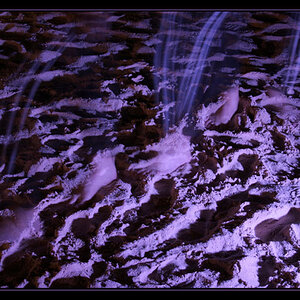
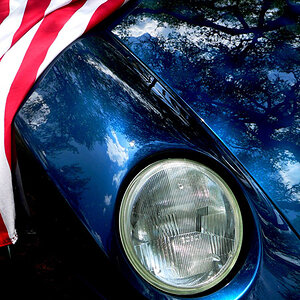
![[No title]](/data/xfmg/thumbnail/39/39645-11fae384f9fd2ec2813acc42adec0206.jpg?1619739148)